Baseball, America’s cherished pastime, has seen an evolution of skill, strategy, and performance over the years. Yet, not every chapter in Major League Baseball (MLB) history is filled with glittering tales of triumph. Some eras are remembered for their notorious lows rather than their illustrious highs.
In this article, we delve into what many consider the worst ERA (Earned Run Average) in MLB history—a period marked by skyrocketing runs and beleaguered pitchers.
It was a time when the mound became a merciless battleground and the baseball statistics that were once benchmarks of stellar performance plummeted. Join us as we explore the circumstances and players that contributed to this infamous epoch in the annals of professional baseball.
Table of Contents
What Is a Pitcher’s Earned Run Average?
An earned run, as opposed to an unearned run, is a run for which the pitcher is held accountable. Therefore, the ERA focuses on the runs that are directly linked to a pitcher’s performance rather than those resulting from errors or defensive mishaps.
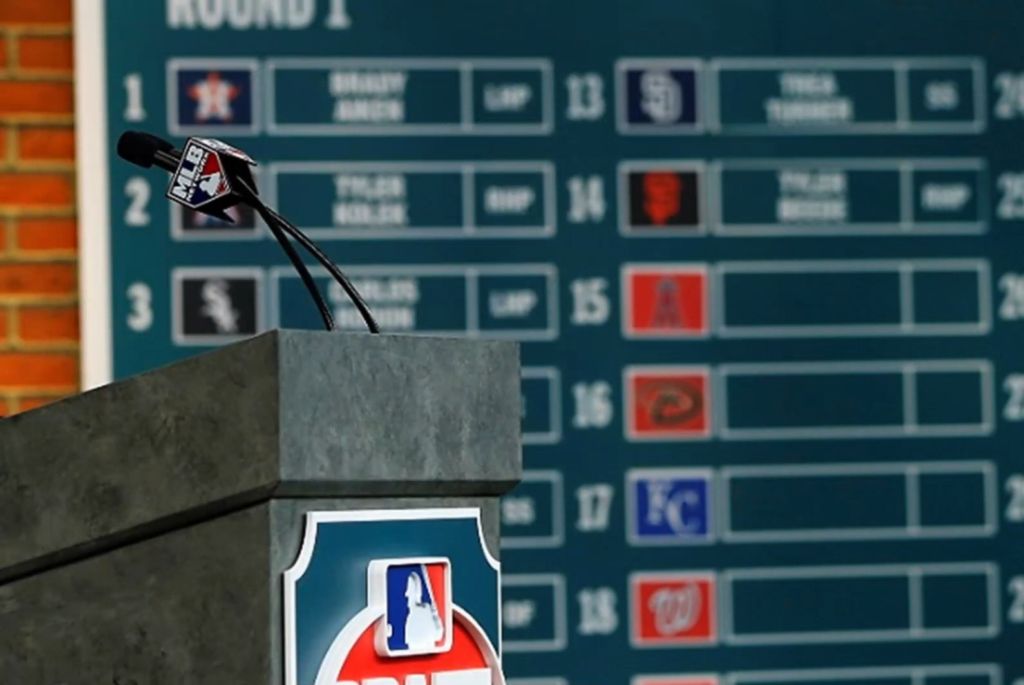
What Are Earned and Unearned Runs in Baseball?
Understanding the concept of earned and unearned runs is fundamental to grasping the intricacies of ERA. An earned run is a run scored without the aid of errors, passed balls, or defensive miscues. It reflects solely on the pitcher’s ability to prevent the opposing team from scoring through skillful pitching.
Conversely, unearned runs are the result of defensive mistakes. Errors by fielders passed balls, or wild pitches contribute to the tally of unearned runs. Since these runs are not directly linked to the pitcher’s performance, they are excluded from the calculation of ERA.
When Did ERA Originate in Baseball?
The inception of Earned Run Average can be traced back to the late 19th century, a time when baseball was evolving, and the need for more sophisticated statistical measures was becoming apparent. It was Henry Chadwick, an English-born baseball writer, statistician, and historian, who first proposed the idea of calculating a pitcher’s ERA in 1874 [2].
Chadwick’s initial formula was rudimentary, yet revolutionary for its time. It involved dividing the total number of earned runs by the total number of innings pitched and then multiplying the result by nine to normalize it to a standard nine-inning game. Over the years, the formula underwent refinement and adjustment, aligning more closely with the modern ERA calculation.
How Do You Calculate ERA?
The modern ERA calculation is a more nuanced process, considering the evolution of the game and statistical methodologies. The formula for ERA is relatively straightforward:
ERA = (Earned Runs/Innings Pitched) x 9
Breaking it down, the earned runs are divided by the innings pitched, providing the earned runs per inning. Multiplying this result by nine normalizes the figure to reflect the average number of earned runs a pitcher would give up in a standard nine-inning game.
Let’s take a hypothetical example for better understanding.
<мem>If a pitcher has given up 10 earned runs over 40 innings pitched, the calculation would be as follows:
- ERA = ( 10/40)×9=2.25
In this case, the pitcher’s ERA would be 2.25, indicating that, on average, they allow 2.25 earned runs per nine innings [3].
It’s crucial to note that ERA is typically expressed as a three-digit decimal, and lower values are indicative of better performance. Pitchers with an ERA below 3.00 are generally considered excellent, while those with an ERA above 5.00 may be struggling.

What Is a Good/Bad ERA in Baseball?
Determining what constitutes a good or bad ERA in baseball is subjective and can vary based on the era, playing conditions, and overall league trends.
However, certain benchmarks provide a general guideline for evaluating a pitcher’s performance:
- Excellent Performance (Sub-2.00 ERA): Pitchers with an ERA below 2.00 are often considered elite. Achieving such a low ERA is a testament to exceptional skill, precise control, and the ability to consistently outperform opponents;
- Great Performance (2.00 – 2.99 ERA): Pitchers falling within this range are still performing at a very high level. They are reliable contributors to their teams, consistently keeping opponents from scoring;
- Above Average Performance (3.00 – 3.99 ERA): Pitchers in this range are considered above average. While not elite, they are still effective contributors, capable of keeping their team in the game;
- Average Performance (4.00 – 4.99 ERA): An ERA between 4.00 and 4.99 is generally considered average. Pitchers in this range may have good outings but are also prone to occasional struggles [4];
- Below Average Performance (5.00 – 5.99 ERA): Pitchers with an ERA in this range are considered below average. They may face challenges in consistently preventing runs and might be a liability for their team;
- Struggling Performance (6.00 ERA and above): An ERA exceeding 6.00 is a clear sign of struggle. Pitchers in this range are likely facing significant challenges, and their performance may be a cause for concern for their team;
It’s essential to interpret ERA in conjunction with other statistics and contextual factors. For instance, a pitcher in a hitter-friendly ballpark might have a higher ERA compared to a pitcher in a pitcher-friendly park, even with similar performance levels. Additionally, external factors such as team defense and run support can influence a pitcher’s ERA.
What Is Considered The Worst ERA In Baseball: Factors
In the realm of baseball, the Earned Run Average (ERA) is a critical statistic that measures a pitcher’s effectiveness on the field. While a lower ERA is generally desirable, there are instances in baseball history where certain pitchers have earned a reputation for having the worst ERAs. The factors contributing to such dismal performances are multifaceted and often serve as cautionary tales for aspiring pitchers [5].
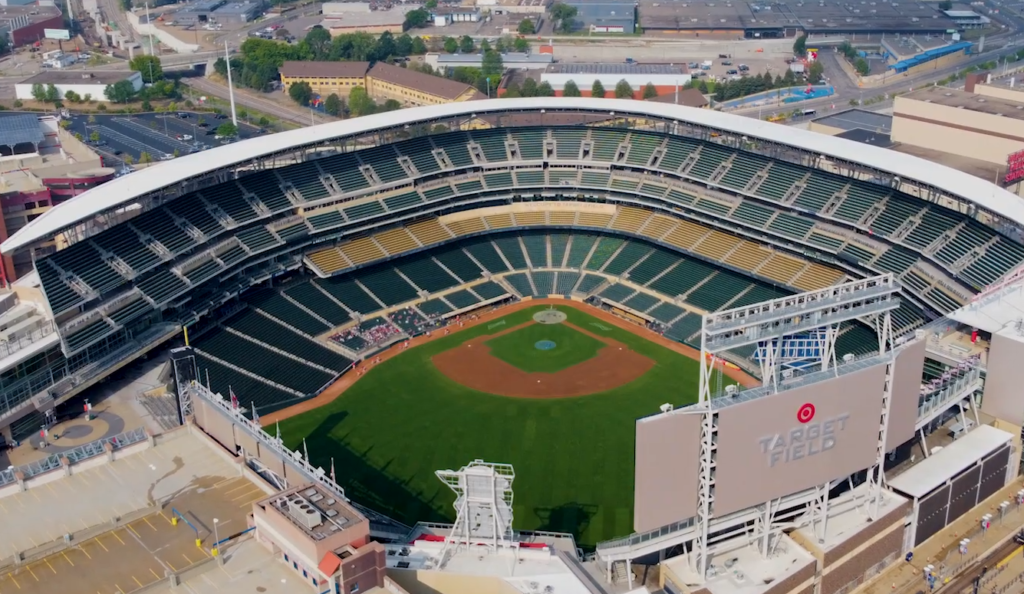
Another significant factor contributing to a poor ERA is the quality of opposition faced. Pitching against formidable lineups with power hitters and adept base runners can be a daunting task. A pitcher’s ERA may suffer when confronted with relentless offensive assaults from rival teams, exposing weaknesses in their strategy and execution.
Furthermore, the defensive capabilities of a pitcher’s team play a pivotal role in determining their ERA. A lackluster defense can lead to errors, allowing opponents to capitalize on mistakes and inflate the pitcher’s ERA. In contrast, a solid defense can bail out a struggling pitcher by turning potential hits into outs and minimizing the damage caused by defensive lapses.
Injuries also play a significant role in the downfall of a pitcher’s ERA. Physical ailments, whether minor or severe, can hinder a pitcher’s performance and compromise their ability to deliver consistent and effective pitches. Teams may grapple with the decision to keep an injured pitcher on the roster or provide them with sufficient time to recover, balancing the immediate needs of the team with the long-term well-being of the player.
The Worst ERAs of the Modern Baseball Era:
While some pitchers etch their names in history with dominant ERAs, others face the opposite challenge.
The modern baseball era (post-1969) has seen its fair share of pitchers who struggled with control and consistency, leading to inflated ERAs:
1. Bobby Witt (4.83 ERA)
Bobby Witt, a flamethrower with a fastball that could reach triple digits, possessed undeniable talent. However, his lack of control proved his Achilles’ heel. In his rookie season with the Texas Rangers in 1986, he led the American League in walks with 143 and wild pitches with 22, translating to a staggering 4.83 ERA. While he improved his control later in his career, his inconsistency ultimately limited his potential [6].
2. Jamey Wright (4.81 ERA)
Jamey Wright, a journeyman pitcher who played for eight different teams, possessed a deceptive curveball and a knack for inducing ground balls. However, his control often wavered, leading to an ERA of 4.81 over his 19-year career. Despite his struggles, he remained a valuable teammate, known for his leadership and positive attitude.
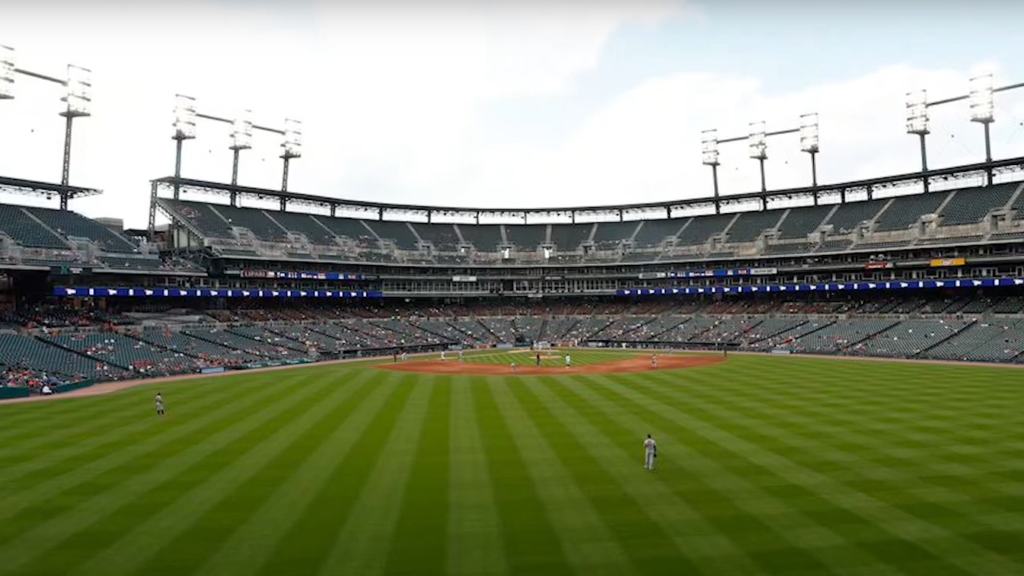
3. Jaime Navarro (4.72 ERA)
Jaime Navarro, a two-time All-Star with the Minnesota Twins, had a powerful fastball and a sharp slider. However, his control issues led to a career ERA of 4.72 and a tendency to implode in big moments. Despite his inconsistency, he was a fan favorite for his passionate demeanor and his ability to occasionally dominate opponents.
4. Jeff Suppan (4.70 ERA)
Jeff Suppan, a 17-year veteran who pitched for 10 different teams, possessed a decent fastball and changeup. However, his control was erratic, leading to a career ERA of 4.70. Despite his lack of elite talent, he managed to carve out a long career by being a reliable innings-eater and a valuable clubhouse presence.
5. Pedro Astacio (4.67 ERA)
Pedro Astacio, a two-time All-Star with the Houston Astros, had a strong fastball and a devastating curveball. However, his control issues led to a career ERA of 4.67. Despite his inconsistency, he was known for his fiery competitiveness and his ability to occasionally overpower opposing hitters.
These pitchers’ stories offer valuable lessons about the importance of control in baseball. While talent is essential, the ability to consistently locate pitches is crucial for success. Their struggles serve as a reminder of the challenges pitchers face and the dedication required to achieve sustained excellence on the mound.
Which Team Finished With the Worst Record in MLB History:
- 1899 Cleveland Spiders (20-134, .130): This team holds the record for worst winning percentage and most losses in a single season. In a controversial move, the team’s owners traded away most of their stars before the season, leading to this abysmal performance. They became known as the “worst team in baseball history”;
- 1916 Philadelphia Athletics (36-117, .235): Nicknamed the “Pathetics,” this team lacked star power and suffered from injuries. They finished 69 games behind the first-place Red Sox, marking the largest gap between first and last place in American League history at the time;
- 1935 Boston Braves (38-115, .248): Managed by the legendary Babe Ruth in his only managerial stint, this team struggled defensively and offensively. However, Ruth’s presence drew large crowds despite the losing record;
- 1962 New York Mets (40-120, .250): This expansion team, dubbed the “Amazin’ Mets”, endured a grueling first season, losing their first nine games and setting a rookie franchise record for losses. Despite the struggles, they laid the foundation for future success, winning the World Series in 1969;
- 1904 Washington Senators (38-113, .252): This team lacked pitching depth and struggled offensively, leading to their disastrous season. They finished 53.5 games behind the first-place New York Highlanders [7];
Who Has The Most Losses In An MLB Season?
The ignominious distinction of the most losses in a single MLB season belongs to the infamous 1899 Cleveland Spiders. In a season that showcased the stark contrast between the league’s haves and have-nots, the Spiders found themselves on the wrong side of history, concluding the year with an abysmal record of 20 wins and a staggering 134 losses [8]. This record still stands unmatched and likely will remain unchallenged, given the structural changes and competitiveness that have evolved in the modern game.

The 1899 Cleveland Spiders faced a unique set of challenges that contributed to their dismal performance. Financial troubles plagued the team’s ownership, leading to a peculiar situation where the same owners also controlled another team, the St. Louis Perfectos. As a result, talent was siphoned away from the Spiders to the Perfectos, leaving Cleveland with a roster devoid of star players. The team’s weakened state and lack of competitive balance made them the proverbial sacrificial lamb of the season.
The modern MLB landscape starkly contrasts the conditions of the late 19th century, with strict regulations, financial safeguards, and an emphasis on parity. The league has expanded, introducing wild card formats and playoff structures that keep more teams in contention throughout the season. These changes aim to ensure a more balanced and competitive environment, preventing any team from suffering a fate akin to the 1899 Cleveland Spiders.
While the Spiders’ record may seem like a bleak footnote in baseball history, it serves as a testament to the resilience of the sport. Teams have learned from the mistakes of the past, and the MLB has evolved to foster a more level playing field.
As we celebrate the highs and lows of each baseball season, the 1899 Cleveland Spiders will forever hold a unique place in the annals of the sport, a reminder of the challenges that can arise when the game’s integrity is compromised.
What’s the Worst MLB Record in a 162-game Season?
The worst MLB record in a 162-game season is held by the 2003 Detroit Tigers. In that season, the Tigers finished with a dismal record of 43 wins and 119 losses. Their struggles on the field led to them earning the dubious distinction of having the worst winning percentage (.265) in a 162-game season in MLB history [9].
The 2003 Tigers faced numerous challenges, including a lack of experienced talent and injuries to key players. Their performance was a result of a combination of factors, including a struggling pitching staff and an offense that struggled to produce runs consistently. Despite their struggles that season, the Tigers underwent a significant rebuilding process in subsequent years, eventually achieving success with postseason appearances in the mid-2010s.
It’s worth noting that records are subject to change, and new seasons may bring different performances. If there have been any developments or changes since my last update in January 2022, I recommend checking the latest sources for the most current information on the worst MLB records in a 162-game season.
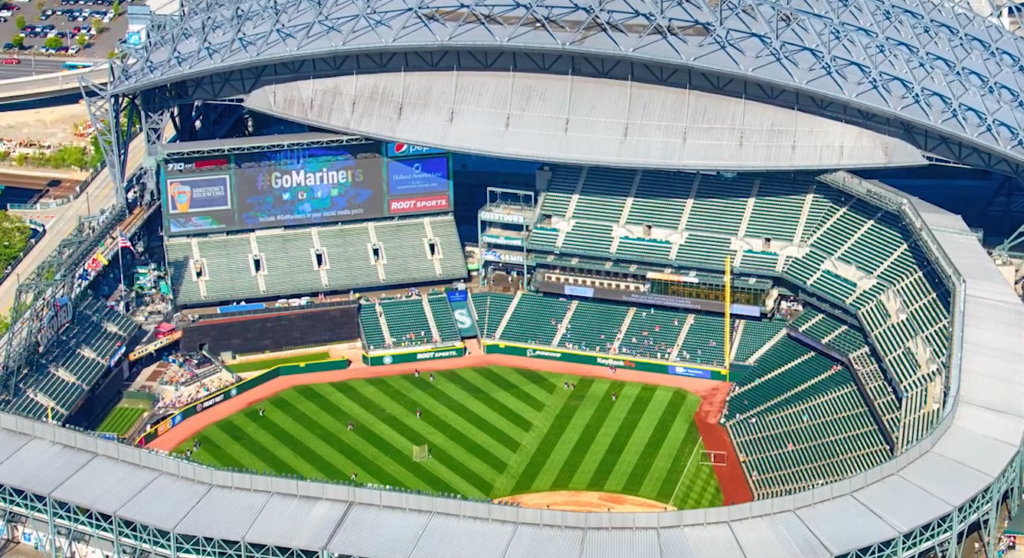
The Worst ERA in MLB History – Anthony Young
One notorious example of a pitcher grappling with the worst ERA in MLB history is Anthony Young. A right-handed pitcher who played for the New York Mets from 1991 to 1993, Young endured a staggering streak of futility that stretched across multiple seasons. Between May 6, 1992, and July 24, 1993, Young set a record by losing 27 consecutive decisions. While not all losses were solely his fault, the sheer magnitude of the streak underscored the challenges he faced.
Several factors contributed to Young’s unfortunate record. The Mets, during this period, were mired in a slump, and offensive struggles combined with defensive lapses only exacerbated Young’s plight. His misfortune was also exacerbated by a lack of run support, highlighting how a struggling team can amplify the struggles of an individual player.
Injuries played a role in Young’s struggles, as he battled arm problems during this challenging stretch. Pitchers, dependent on the strength and precision of their arms, often find it difficult to maintain consistent performance when nursing injuries. Young’s physical ailments likely contributed to his inability to turn the tide and secure a win.
The mental toll of Young’s prolonged streak is another aspect that shouldn’t be underestimated. Baseball is as much a mental game as it is physical, and the pressure to break free from a seemingly unending cycle of losses can weigh heavily on a player’s psyche. The mental aspect of the game is often overlooked but can be the defining factor in a player’s ability to rebound from adversity.
Anthony Young’s stint with the worst ERA in MLB history serves as a cautionary tale, reminding fans and players alike that the game’s unforgiving nature can test even the most resilient individuals. While his record stands as a testament to the challenges faced by pitchers in the competitive realm of professional baseball, it also underscores the importance of perseverance and mental resilience in the face of seemingly insurmountable odds.
Young’s story remains a chapter in baseball history that, while difficult, adds depth to the narrative of the sport and the trials faced by those who dare to step onto the pitcher’s mound.
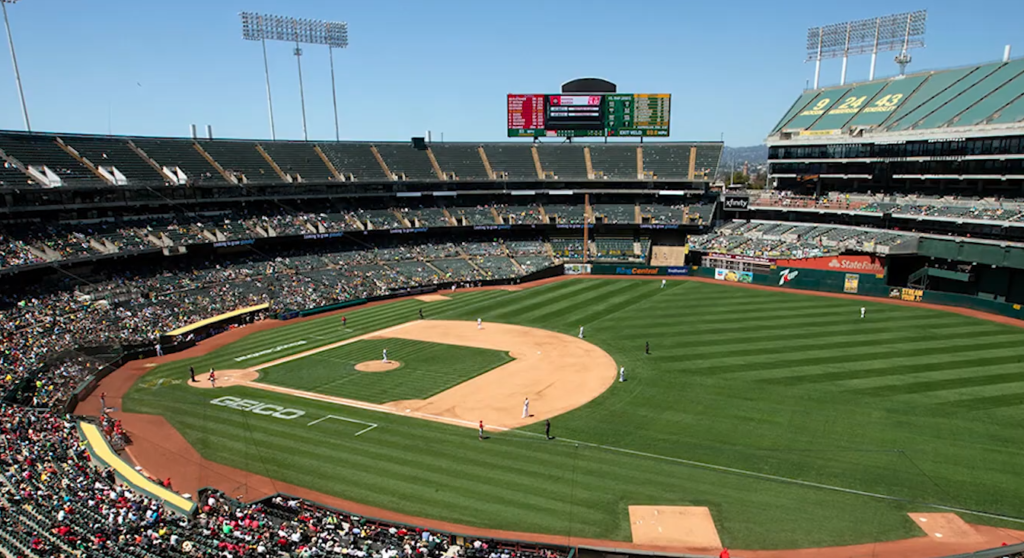
FAQ:
1. What is the lowest ERA ever in MLB history?
Dutch Leonard holds the record for the lowest single-season ERA in MLB history with an astounding 0.96 in 1914.
2. What was the worst start in MLB history?
The record for the worst start in MLB history is debatable, but Anthony Young set a record with 27 consecutive losses spanning 1992 and 1993, showcasing a challenging period for the New York Mets.
3. What is the lowest career playoff ERA?
Mariano Rivera holds the record for the lowest career playoff ERA at 0.70, reflecting his dominance as a postseason closer.
4. Who has the lowest ERA in the league?
The pitcher with the lowest ERA in the league can change from season to season. Check current statistics for the latest information.
5. Which team has the worst playoff record?
The team with the worst playoff record can vary, but historically, the Seattle Mariners have one of the lowest postseason winning percentages among teams with multiple playoff appearances.
6. What pitcher has the lowest ERA in the World Series?
Christy Mathewson holds the record for the lowest ERA in a single World Series at 0.97, established during the 1905 Fall Classic.
7. What is the rarest play in MLB history?
The unassisted triple play is considered one of the rarest plays in MLB history, where a single fielder records all three outs in one continuous play without the assistance of teammates.
8. Is a 3.78 ERA good?
A 3.78 ERA can be considered above average, but its perception as “good” or “bad” may vary based on the overall league ERA and the specific era in baseball.
9. Who has the lowest ERA with 200 wins?
Whitey Ford holds the record for the lowest career ERA among pitchers with at least 200 wins, boasting a 2.75 ERA.
10. What is the best ERA in a season?
Dutch Leonard’s 0.96 ERA in 1914 is the best single-season ERA in MLB history.
11. Is a 1.12 ERA good?
A 1.12 ERA is exceptional and considered one of the best in the history of the game. This record was achieved by Bob Gibson in 1968.
12. Is a 1.46 ERA good?
Yes, a 1.46 ERA is outstanding and reflects a pitcher’s exceptional performance. This record was achieved by Greg Maddux in 1994.
13. Is a 13 ERA good?
A 13 ERA is quite high and generally considered poor. Pitchers aim for lower ERAs to be effective on the mound.
14. What MLB teams have never lost 100 games?
The St. Louis Cardinals and the New York Yankees are two notable teams that have never lost 100 games in a season.
15. Does MLB have a mercy rule?
No, MLB does not have a mercy rule for regular-season games, but some youth and amateur leagues may implement one.
16. What is considered a good ERA in MLB?
A good ERA in MLB can vary, but generally, anything below 4.00 is considered solid. Elite pitchers often maintain ERAs well below this threshold.
17. Who has the lowest ERA in the MLB in 2023?
For the most recent information on the pitcher with the lowest ERA in the MLB in 2023, check current statistics and updates from the league.
Useful Video: The Worst Franchise In MLB History
References:
- http://www.highheatstats.com/2012/06/the-10-worst-eras-of-all-time/
- https://bestworst.substack.com/p/worst-eras-of-the-modern-era
- https://www.statmuse.com/mlb/ask/pitcher-with-the-highest-era-in-a-single-game-on-the-road
- https://theanalyst.com/eu/2023/07/the-lowest-eras-in-mlb-history/
- https://www.pitchingcoachu.com/blog/mmv036
- https://en.wikipedia.org/wiki/List_of_worst_Major_League_Baseball_season_win%E2%80%93loss_records
- https://theanalyst.com/eu/2023/06/worst-records-in-mlb-history/
- https://www.nbcdfw.com/news/sports/worst-seasons-in-mlb-history-most-losses-worst-record-and-more/3265873/
- https://writing.jmpressley.net/sports/worstseasons.html

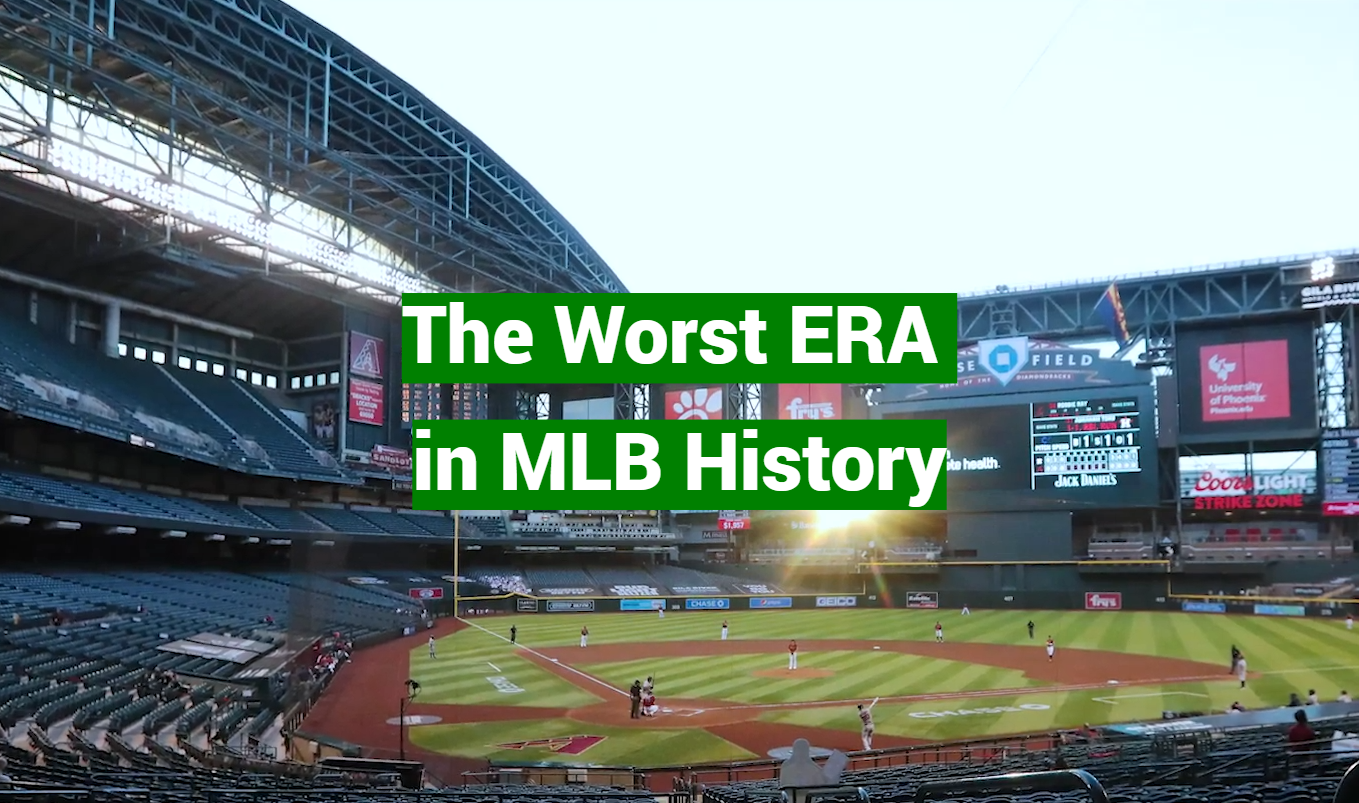
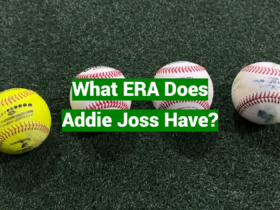



Leave a Reply